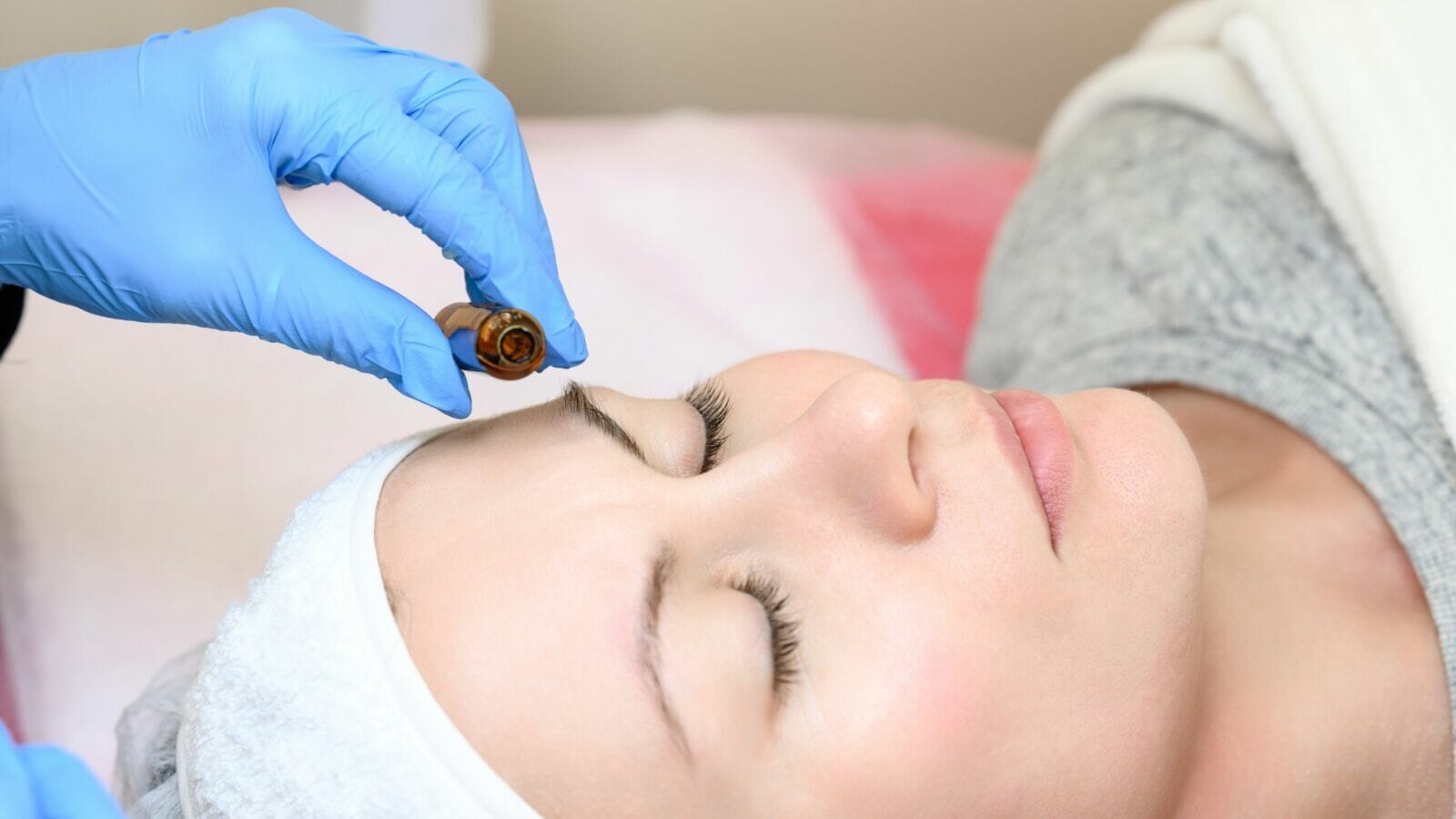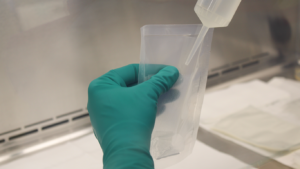As a consumer, the world of skincare is certainly intimidating. Trying to figure out what products work best for you can be a long process, complicated further trying to learn what different ingredients do all while being bombarded with advertising from a million companies all claiming to have the cure to your skin problems.
After going through enough products you can begin to wonder if anything they say about their products mean anything, but like any product in Australia there is regulation on marketing material and knowing what the policy says can help you read between the lines and pick the product that’s best for you.
What’s the Difference?
Sometimes the difference between cosmetics and therapeutic goods is easy to define. No one is mistaking eyeliner for medicine or something like Roaccutane acne treatment for a face mask but the grey zone can be a little more difficult to navigate.
Generally speaking, a therapeutic product is intended to treat or prevent an ailment of some kind, in skincare this means things like eczema or severe acne, but some products can be classified as therapeutic due to the ingredients included. Some sunscreens are considered therapeutic as are skin-whitening creams and cosmetics that are taken orally.
Cosmetics on the other hand cover most of the other products used on the outside of the body (though that does include the teeth and the mouth). Makeup is the first thing to come to mind, but the category also covers shaving cream, deodorant as well as things like bath salts, lotions and perfumes.
Diligence and Regulation
Cosmetics and Therapeutic Goods have different legislation and regulations attached to them in regard to how they can be advertised as they serve different purposes. The intention behind this regulation is to ensure that consumers aren’t being misled. Cosmetics can be beneficial for your health but the difference between reducing the oiliness of your skin and actively treating a skin disorder is massive.
In most cases, it’s simply that cosmetics are not allowed to make therapeutic claims. If they could actually treat the things they are claiming, they would be classed as therapeutic, but because they are not, those claims must be either inaccurate or misleading. In fact, simply claiming they have therapeutic benefits is enough for a product to need to be advised under therapeutic goods standards.
However, there are exceptions that are allowed to make therapeutic claims while remaining cosmetics, but they are limited in what they can say. Treatments applied to your nails in order to disincentivize biting or to harden the nail are allowed to market themselves as such and be classed as cosmetic as long as they don’t include any of the regulated chemicals that would automatically make them therapeutic.
This is also how a lot of acne-wash products are advertised. They’re limited to claims of treating or preventing acne via basic means: cleaning, exfoliating, moisturising, or generally caring for the skin. But they fall under an exception so as long as they don’t claim to treat anything else they’re in the clear.
Some companies certainly use that as a strategy, using medical-associated colour language and typeface to indicate them as a medical treatment while never actually claiming to be so. Though some overstep right into illegal territory while doing this they are reported and taken off the market when found out.
How to Choose?
When it comes to what’s best for you, take into consideration what issues you’re dealing with. If it’s a major issue it’s generally best to speak to a GP or dermatologist, because there are so many over-the-counter options many people don’t think to consult a physician but they can point you towards what would be the best treatment for you skipping the headache altogether.
If you’re dealing with more minor issues, look for cosmetics. Therapeutic skin care is great but it’s generally more expensive in part because of the extra-legal steps they have to take to ensure they do what they purport to do. If you’re not dealing with the issue they’ve done all that extra work to treat you don’t need to take on that expense.
Checking ingredients is always a good failsafe if you’re really struggling to find things, though it is complicated to memorise, just remembering a couple of common ones from products you’ve liked in the past can be helpful.
Ultimately, whether cosmetic or therapeutic, these products aren’t allowed to lie, so you’re not entirely in the dark.
Imagine the package is just Times New Roman on a plain white box, what is the actual appeal? Does it target what you need it to? Does it have the fragrance and texture you’re after or is it just wrapped in that aesthetic? Spending a bit of time to think about what they are avoiding saying or how they are phrasing what they are can be a huge step towards making the journey to a skincare routine that works for you a little bit easier.
Author: Chris Pritchard is a freelance writer working in Melbourne, they write on a variety of topics and pursue work as a visual artist in their free time away from writing.




